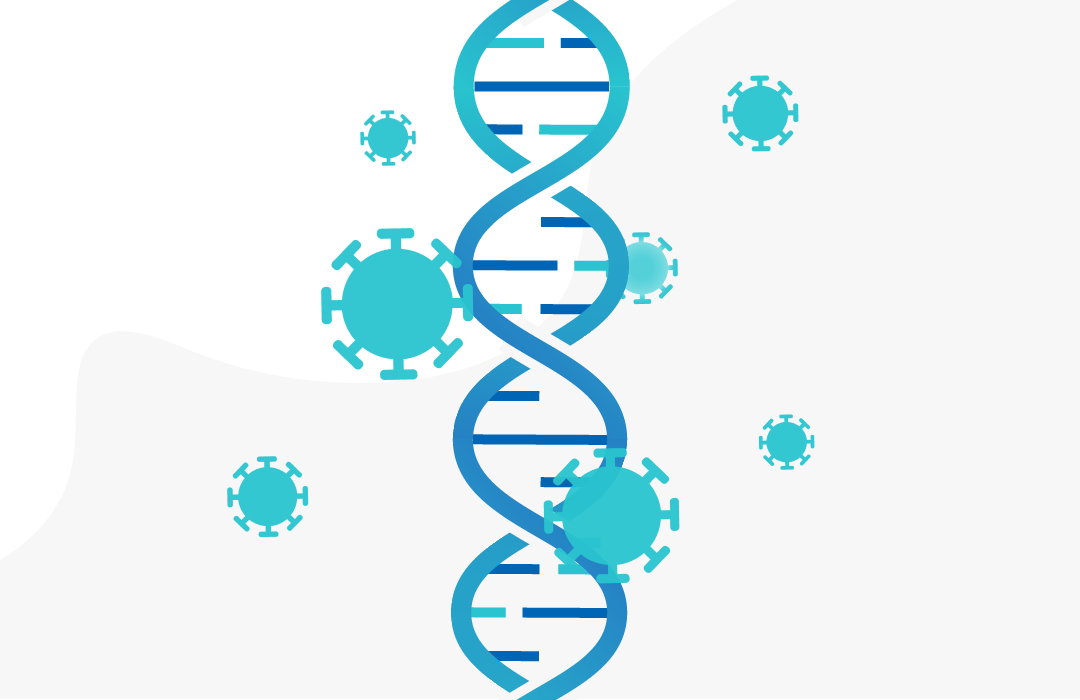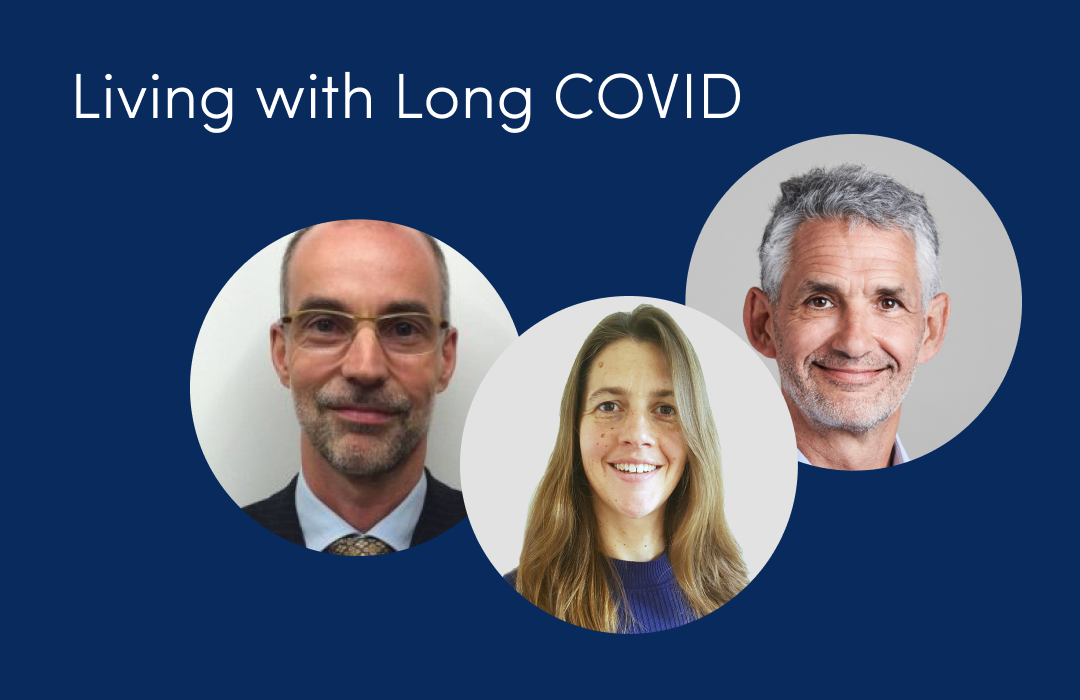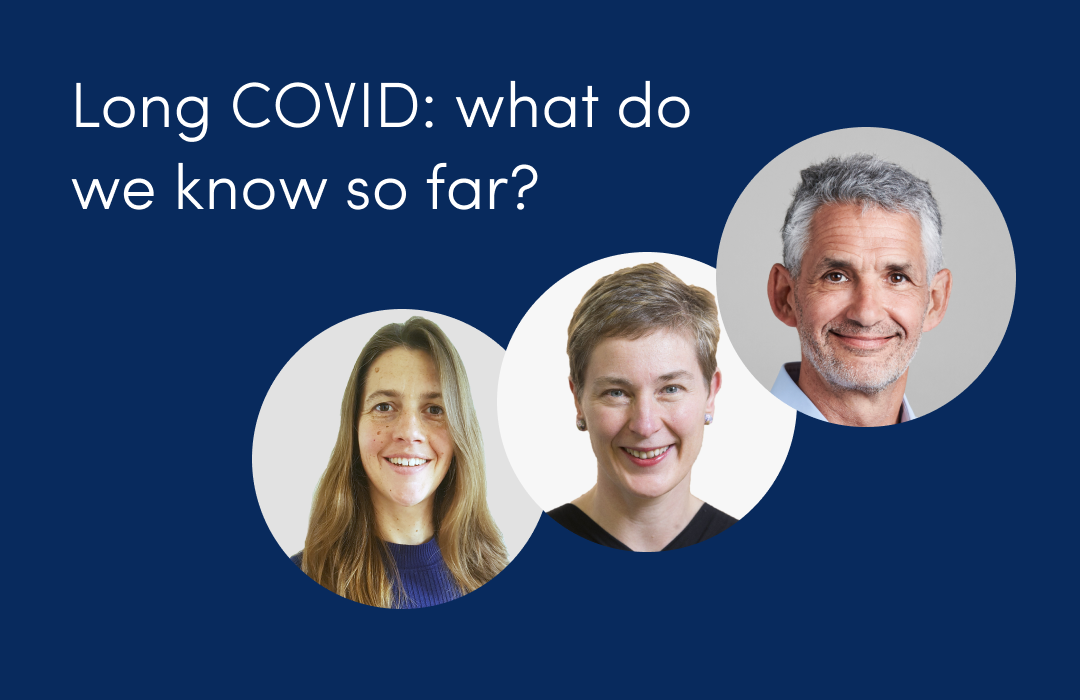
Case rising steadily and rapidly in the North of England
October 16, 2020

This article has not been updated recently
According to the COVID Symptom Study UK Infection Survey figures, there are currently, 27,762 daily new symptomatic cases of COVID in the UK on average over the two weeks up to 11 October (excluding care homes) [*]. This compares to 21,903 daily new symptomatic cases a week ago. This figure is based on the number of newly symptomatic app users per day, and the proportion of these who give positive swab tests. The latest survey figures were based on the data from 13,361 recent swab tests done between 27 September to 11 October.
The app’s data continues to show a big disparity between the North and South of England. This week the North West (7,313 new cases per day) has overtaken the North East and Yorkshire (5,762). The South West (1,279) remains the lowest region, followed by East of England (1,356) and South East (1,417).
The COVID Symptom Study is now using its symptomatic COVID estimates to predict which regions in the UK could be next to be put under Tier 3 restrictions. Using predicted symptomatic cases means that predictions can be made up to ten days before confirmed tested cases are made public. The new Tier Prediction model takes the Tier 2 regions as defined by the Government (100,000 cases per million), uses the average estimated cases over the last seven days and ranks the regions in descending order. The area with the largest weekly average prevalence is ranked the highest. According to the data, Burnley and Manchester, the two regions already earmarked by the Government to be next to enter Tier 3, are top of the app’s Tier Prediction model. The next regions are; Newcastle upon Tyne, Nottingham, Bury, Hartlepool, Salford, Sheffield and Leeds.
The COVID Symptom Study UK Infection Survey has been running since early May when the COVID Symptom Study commenced the daily swab testing programme provided by the Test and Trace. The CSS has so far recorded over a million swab results from app users. The COVID Symptom Study UK Infection Survey estimates the number of current COVID-19 positive cases in the community based on the information logged by users in the app and the results from the swab testing programme. It identifies differences in numbers within the regions throughout the UK, and tracks the change in estimated cases over time. It is the largest survey of its kind in the UK.
The COVID Symptom Study app is a not-for-profit initiative that was launched at the end of March 2020 to support vital COVID-19 research. The app was launched by health science company ZOE with scientific analysis provided by King’s College London. With over 4 million contributors, the Study is the world’s largest ongoing Symptom study of COVID-19.
Tim Spector, Professor of Genetic Epidemiology at King's College London, comments:
“The data is no longer showing the exponential increases that we were seeing a couple of weeks ago, but is clearly showing new cases continuing to rise. The North West still has the most cases and the fastest acceleration of cases with doubling times of around 10 days. Slowing this rapid rise is a priority. Scotland, Wales, London and the Midlands are slowly increasing with a doubling time of 14-28 days and the South and East of England remaining relatively flat with five-fold fewer cases than the worst hit regions. Our data is roughly 7-10 days ahead of other sources meaning that it acts like an early warning system, whilst we wait for the data from the confirmed cases.
Our new Tier Prediction model highlights that nine out of 10 are in the North of England, where most of the cases currently are concentrated, unlike the North which is accelerating, London has been showing a steady linear increase, doubling every 21 (range 14-28) days so it will be interesting to see how the new Tier 2 restrictions influence the rate of new cases in the next two weeks.”











.png)


.jpg)














.png)







%202.png)
.png)


















.png)






